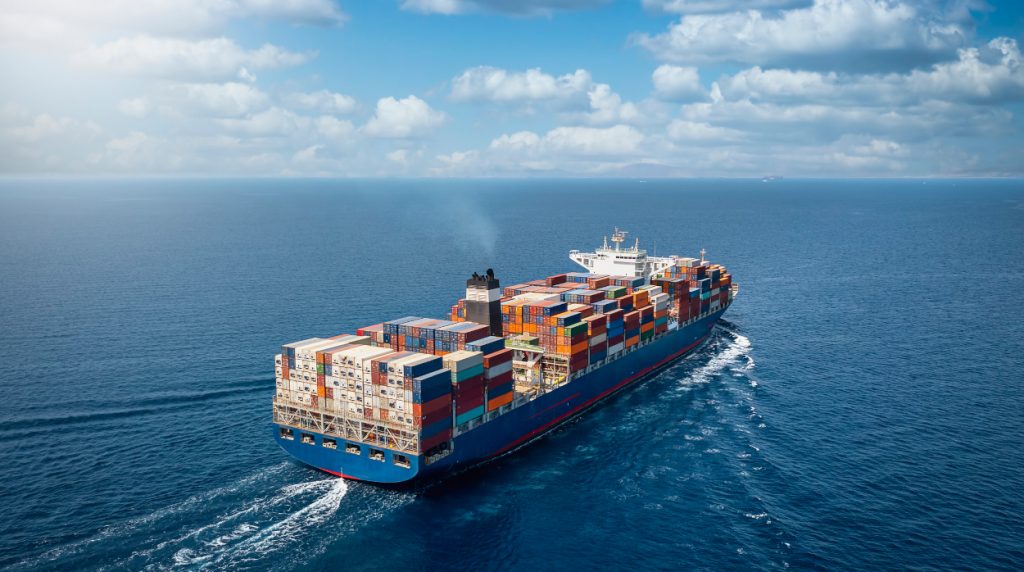November 06, 2025

The recent ceasefire between Israel and Hamas has renewed hopes of a gradual reopening of the Suez Canal to normal commercial traffic. Although major carriers are yet to resume transits through the Red Sea, amid continued Houthi threats, maritime consultancy Sea-Intelligence has modeled what a return to the Suez route could mean for global container shipping.
The report outlines two key effects: the release of vessel capacity currently tied up on longer voyages around Africa, and a temporary surge of cargo arrivals at European ports once traffic normalizes.
Currently, the detour around the Cape of Good Hope has added up to two weeks to voyages between Asia and Europe, forcing carriers to deploy roughly four extra ships per service to maintain regular schedules. Returning to the Suez route would free about 2.1 million TEU of nominal capacity, approximately 6.5% of the global container fleet.
Sea-Intelligence modelled several return scenarios, from a sudden switch by all carriers to gradual phase-ins over two to six weeks. An immediate return, the analysis shows, could double import volumes from Asia to Europe for two weeks, pushing total port handling activity 39% above previous records. Even a gradual resumption would lift volumes around 10% above peak levels.
While that surge would help restore global shipping efficiency, it could also strain European port operations—causing temporary congestion and slowdowns across key hubs such as Rotterdam, Antwerp, and Hamburg.
What This Means for Kenya’s Flower Sector
For Kenya’s flower industry, which exports more than 70% of its blooms to Europe, the reopening of the Suez Canal would be both a welcome relief and a logistical test.
Since the Red Sea disruptions began, sea-freighted flowers, especially roses and summer flowers, have faced longer transit times and higher freight costs. The diversion around Africa added up to two extra weeks to deliveries, undermining the freshness and vase life of sea-shipped blooms.
A return to the Suez route would cut transit times by 10–14 days, improving flower quality and extending shelf life on arrival. The shorter journey would also reduce shipping costs and lower carbon emissions, reinforcing the industry’s move toward greener, more cost-efficient transport options.
Yet, even as exporters look forward to these benefits, the expected cargo surge into European ports could bring short-term challenges. If thousands of delayed containers arrive simultaneously, cold chain logistics and customs clearance could be disrupted, risking delays for perishable products like flowers.
Preparing for the Transition
Industry experts advise Kenyan exporters, freight forwarders, and importers to plan proactively for the shift once carriers begin re-routing through the Suez. This includes better coordination on shipping schedules, flexible booking strategies, and ensuring sufficient cold storage capacity in European entry points such as Amsterdam and London.
While the exact timing of a full return to the Suez Canal remains uncertain, one thing is clear: the reopening will reshape logistics flows worldwide, offering Kenya’s floriculture industry a faster, more efficient route to market, but only if the sector is ready to manage the transition smoothly.
